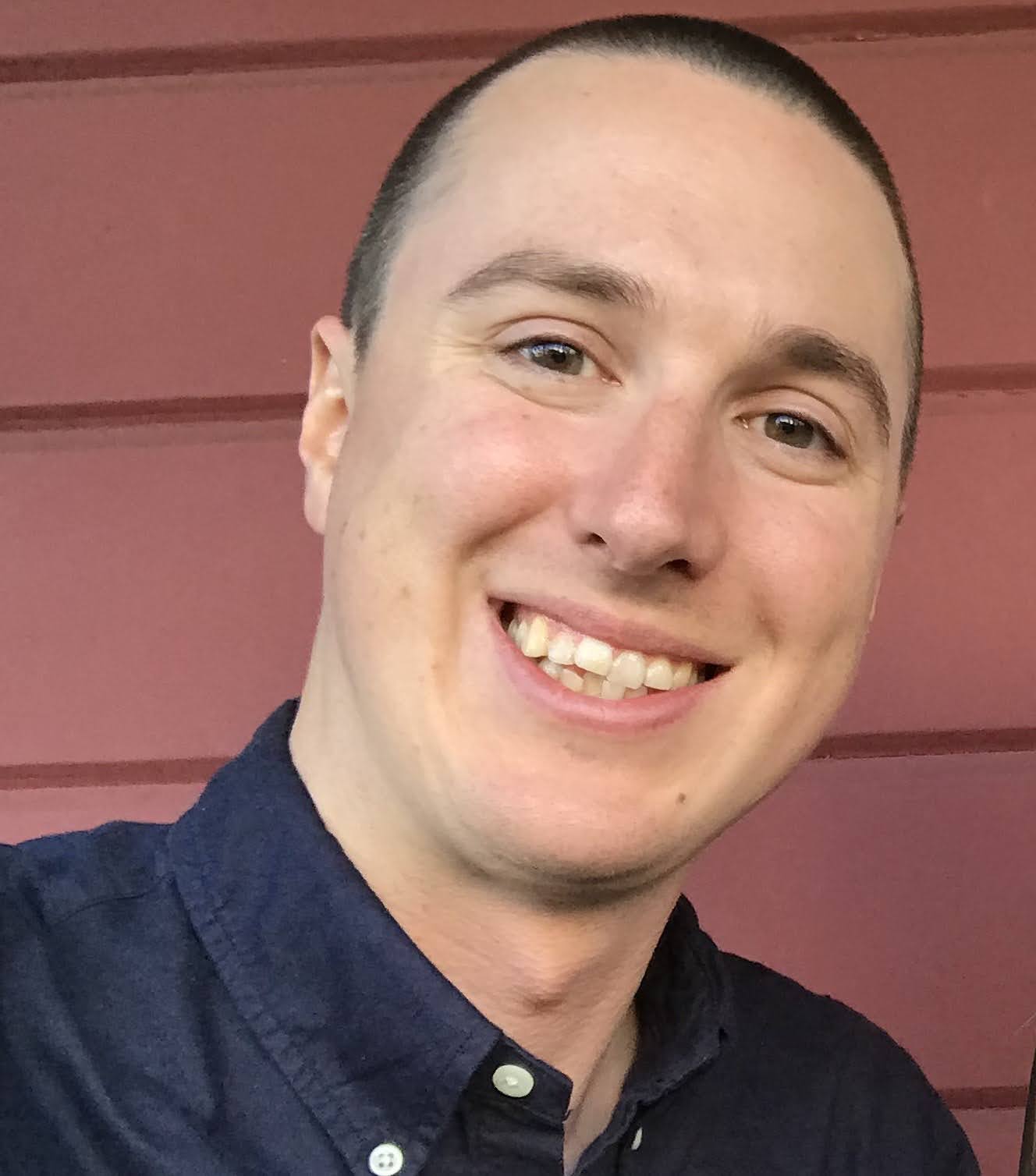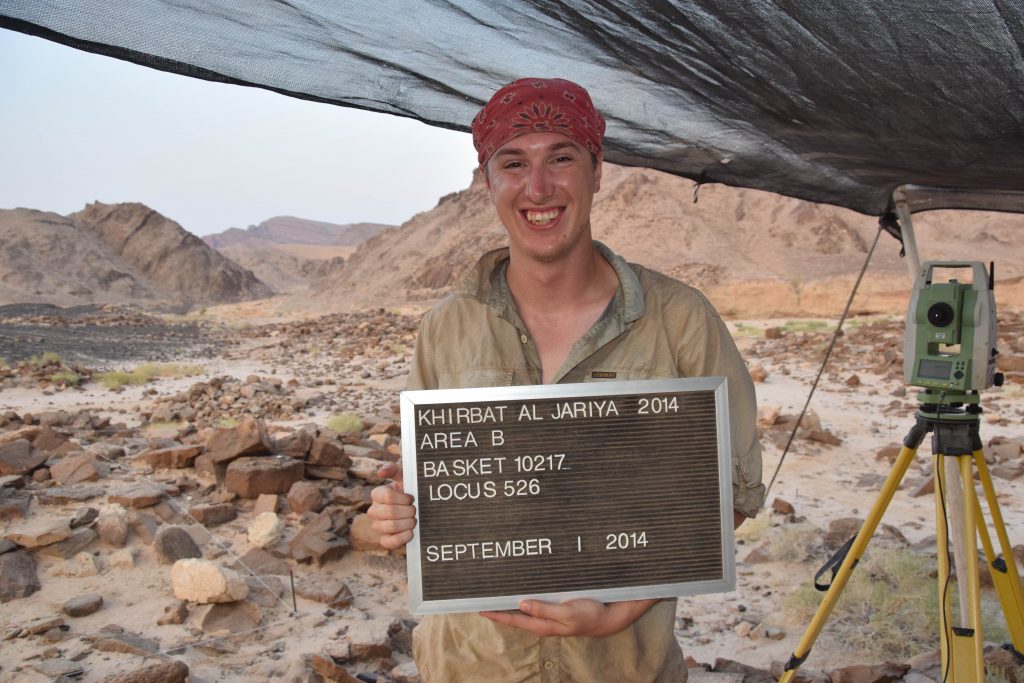May 30, 2023

To celebrate our 2023 Fellowship recipients, we will be spotlighting each of our winners in news stories on the AIA website. We have reached out to our winners to learn about their projects and about their experiences in archaeology. We’re excited for you to meet Kristine Martirosyan-Olshansky, one of the AIA-NEH Grant recipients for this year.
AIA-NEH Grant for Post-fieldwork Research and Publication recipient: Matthew Howland (he/him); The University of Georgia Laboratory of Archaeology (through August 20, 2023) & Wichita State University (from August 21, 2023)
What is your fellowship project about?
Archaeology is fundamentally about creating stories based on the artifacts we find and the contexts we find them in. Many different stories can be told, based on the person who is interpreting the material culture of the past and the specific finds that they interpret. However, most archaeology is only communicated based on the interpretations of one archaeologist.
The Choose Your Own Archaeology Project aims to broaden access to the archaeological record by publishing 3D models of artifacts, excavation units, and archaeological sites from the Iron Age (around 3,000 BCE) of Southern Jordan’s Faynan region online, using the 3D modeling platform Sketchfab. Users, including Arabic-speaking Jordanians, will ultimately be able to explore these models and all the contextual relationships that give meaning to every artifact and site, and create their own narrative through interpretation of archaeological data.
A pilot version of the project (not yet in Arabic) is available here, and at the links within: https://skfb.ly/ozzB6
How did you get your start in archaeology?
As a kid, I was fascinated by Greek mythology ever since one of my elementary school teachers read those stories to me in class. Dreaming about mythology led me to think about how I could explore the past and learn more about ancient societies and how memories of the past influence culture today.
As an undergraduate at Penn State, I was fascinated by a seminar class I took where various anthropologists visited our class and told us about the fieldwork they conducted. This led me to take more classes in archaeology, and I was eventually inspired by a class on the Archaeology of Jerusalem, with Prof. Ann Killebrew, where I got the chance to understand how scholars actually studied the past at a deeper level. That class led me to do fieldwork in Northern Israel, and I fell in love with the field.
Where in the world has archaeology brought you (fieldwork, research, conference travel, etc.)?
I have been very fortunate to travel around the world on fieldwork and conference travel, from the Middle East (Israel, Palestine, Jordan, Iraqi Kurdistan) to the Mediterranean (Greece and Cyprus), and as far as Japan. I am increasingly growing interested in the archaeology we have right here at home, and have recently seen some amazing sites in the American Southeast, in Georgia and Florida.
What is one of the most memorable things that has happened to you in the field?
I probably will never forget a desert windstorm in Faynan, Jordancollapsing the tent I was sleeping in right on top of me at 2am on my birthday!
How has the AIA contributed to your success/professional goals?
The AIA has really been my longest supporter in terms of my professional goals, from a local society grant (AIA-Orange County) that was instrumental in helping me conduct ceramic petrography on Iron age pottery from Southern Jordan for my Ph.D. Dissertation, to supporting my current work publishing some of these same ceramics in 3D online on Sketchfab.
I’m very grateful to the AIA for supporting my work and I hope to give back to members of the AIA, including non-professional archaeologists, who I find to be just as passionate as the pros!
Is there anything else you want to share?
I am really appreciative of the AIA’s support and I hope to give back through my work in digital public archaeology!

Learn more about what Fellowship opportunities are available through the AIA or reach out to our Director of Programs, Meredith Langlitz, at mlanglitz@archaeological.org.